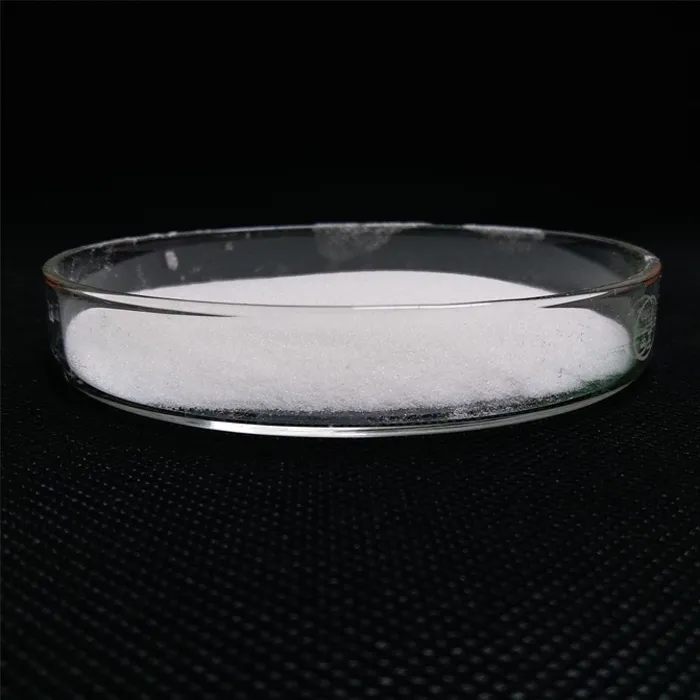Understanding Types of Chlorination A Comprehensive Overview
Chlorination is a crucial process in water treatment and sanitation, serving an essential role in ensuring potable water by significantly reducing the presence of harmful microorganisms. This article explores the various types of chlorination, their applications, benefits, and limitations, providing readers with an in-depth understanding of this fundamental water treatment method.
What is Chlorination?
Chlorination is the process of adding chlorine or chlorine compounds to water, which acts as a disinfectant. This method effectively eradicates bacteria, viruses, and other pathogens, making water safe for human consumption. The practice has been in use since the early 20th century and has since advanced with technology and a better understanding of water quality.
Types of Chlorination
1. Conventional Chlorination Conventional chlorination involves the direct addition of chlorine gas or liquid sodium hypochlorite to water. This method is widely used because it is straightforward and effective at achieving rapid disinfection. Conventional chlorination is particularly popular in municipal water systems due to its efficiency and established safety protocols.
2. Pre-chlorination Pre-chlorination refers to the addition of chlorine before the coagulation and sedimentation processes in water treatment. This method helps in controlling the microbial load and assists in the removal of organic material present in the water. By targeting pathogens at the beginning of the treatment cycle, pre-chlorination enhances the overall effectiveness of the water purification process.
3. Post-chlorination Unlike pre-chlorination, post-chlorination occurs after the treatment processes, ensuring that any residual chlorine remains in the water until it reaches consumers. This process adds an extra layer of security against pathogen regrowth during storage and distribution. By maintaining a residual concentration of chlorine, post-chlorination ensures the safety of drinking water throughout its journey from treatment plants to consumers.
4. Breakpoint Chlorination Breakpoint chlorination is a more advanced technique that aims to achieve complete chlorine disinfection. It involves adding chlorine to water until the point where all organic and inorganic compounds are oxidized. This technique is essential for peak disinfection, as it guarantees that there is no chlorine odor or taste left in the treated water. Breakpoint chlorination is especially useful when water contains high levels of organic materials.
types of chlorination pdf

5. Chloramination Chloramination is the process of using chloramines (compounds formed between chlorine and ammonia) instead of chlorine alone. This method is often preferred when there is a need to maintain longer-lasting disinfectant properties in the water supply. Chloramination reduces the formation of harmful disinfection byproducts and is particularly effective in preventing microbial regrowth in the distribution system.
Benefits of Chlorination
Chlorination has several advantages, making it an invaluable part of water treatment
- Effectiveness Chlorination is highly effective against a wide range of pathogens, including bacteria, viruses, and protozoa. - Residual Disinfection Chlorine maintains a residual presence in the water supply, providing ongoing protection against recontamination. - Cost-Effective Chlorination is generally economical compared to other disinfection methods, making it accessible for communities of all sizes.
Limitations of Chlorination
Despite its numerous benefits, chlorination also has some drawbacks
- Formation of Byproducts The reaction between chlorine and organic materials can produce harmful byproducts, such as trihalomethanes (THMs), which pose health risks. - Tastes and Odors Some users may detect chlorine taste and odor in treated water, leading to dissatisfaction with the water quality. - Effectiveness against Protozoa Chlorination is less effective against certain protozoan pathogens, such as Giardia and Cryptosporidium, which may require additional treatment steps.
Conclusion
Chlorination remains a cornerstone of water treatment practices worldwide. Understanding the different types of chlorination allows water treatment professionals to choose the most appropriate method for their specific needs. While the benefits of chlorination are numerous, ongoing evaluation and improvement in water treatment practices are essential to address its limitations and ensure the highest quality of drinking water for all. Through refinement and innovation, chlorination will continue to play a vital role in public health and safety.

